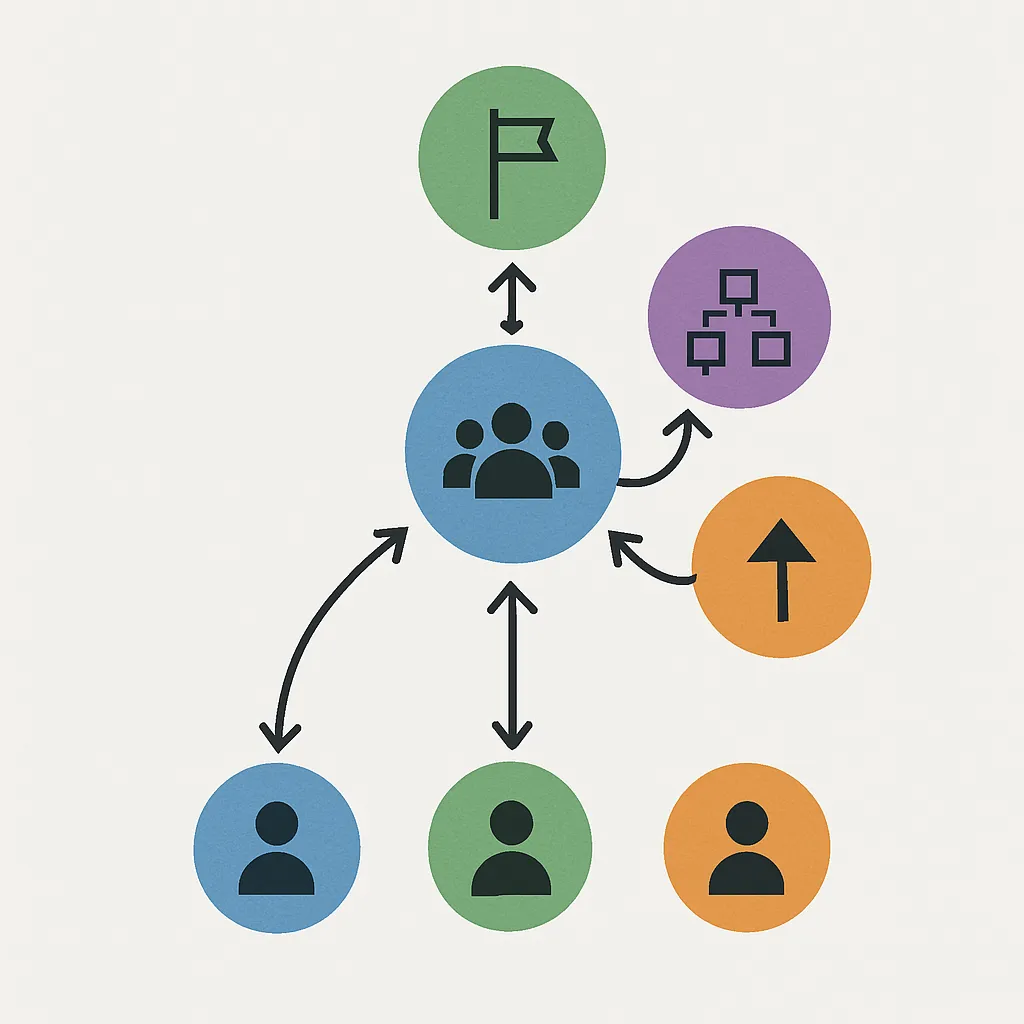 Why Project Governance Is the Missing Link in Most IT Failures
Why Project Governance Is the Missing Link in Most IT Failures While methodologies like Agile and Scrum dominate the IT project management conversation, project governance is often the silent factor determining success or failure. Project governance isn’t about bureaucracy—it’s about structure, accountability, and strategic alignment. This post dives into how project governance can prevent common IT failures and build a foundation for scalable success. ## Introduction Many IT projects fail—not due to technical issues or lack of methodology—but because of poor governance. Budgets spiral, timelines drift, and deliverables shift. These symptoms often stem from a lack of clear roles, decision-making frameworks, and strategic oversight. Strong governance is the backbone of successful IT delivery. ## 1. What Is Project Governance? Project governance is the framework that guides decision-making, accountability, and control throughout a project lifecycle. It includes: - Defined roles and responsibilities (sponsor, steering committee, PMO) - Escalation paths for issues and risks - Change control processes and performance metrics ## 2. Why Governance Often Gets Overlooked - Focus shifts to delivery speed over structure. - Teams assume Agile frameworks alone are enough. - Governance is seen as administrative overhead. In reality, a lightweight governance model supports agility while protecting projects from chaos. ## 3. Key Benefits of Strong Project Governance - Clear Accountability – Everyone knows who makes decisions and owns outcomes. - Strategic Alignment – Projects stay aligned with business goals and priorities. - Early Risk Detection – Escalation paths and governance reviews surface issues sooner. - Stakeholder Confidence – Transparent reporting builds trust with leadership. ## 4. Practical Governance Models - Steering Committees – Provide strategic oversight and unblock major decisions. - RAID Logs – Track Risks, Assumptions, Issues, and Dependencies. - Stage Gates – Milestone reviews for scope, budget, and progress validation. - PMO Involvement – Enable consistent practices and coaching across projects. ## 5. Balancing Governance with Agility Governance doesn’t mean waterfall. Modern governance can be adaptive: - Set guardrails, not gates. - Use weekly health checks instead of rigid templates. - Empower teams with decision rights within defined boundaries. ## Conclusion If Agile is the engine, project governance is the steering wheel. Without it, IT projects veer off course. Strong governance ensures strategic alignment, stakeholder trust, and scalable delivery—without slowing innovation. It’s time governance got the attention it deserves in every IT project playbook.
